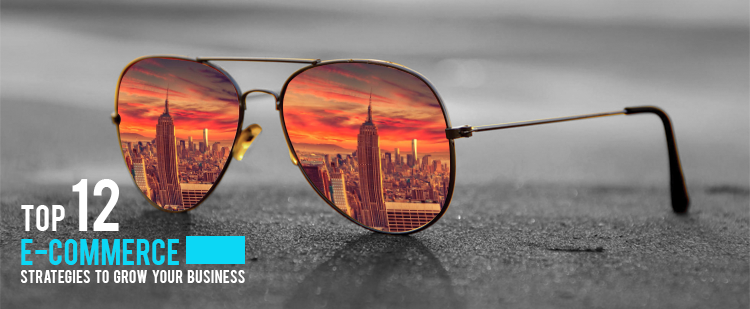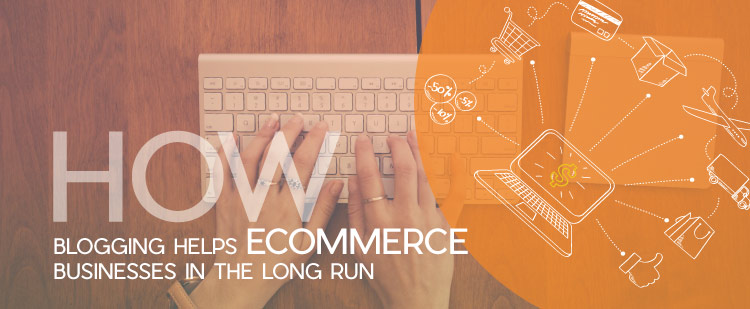The E-commerce industry has significantly grown in the last one decade. In fact, both small and medium-sized businesses are looking for E-commerce SEO strategies that help them boost the brand and improve the bottom line.
According to Statista, e-commerce sales were estimated at USD 1.92 trillion in 2016 and are expected to reach a USD 2.35 trillion by the end of 2018.
But just having an E-commerce business and believing in these stats is not going to give you success. What else do you need? Read on to get insights into 12 E-commerce SEO strategies that you need to follow if you want guaranteed growth through E-commerce:
1. Simple Categories
A lot of E-commerce portals forget to label and categorize their products carefully. This confuses the consumer as he/she is not able to find the product they need. Remember to keep categories that are easy-to-understand with logical labels, and filters. Your conversion rates will automatically be promoted.
2. Unique Product Description
This is one of the SEO tricks that will help to break through the competition. It will improve your SEO rankings and drive more traffic to your website. Product descriptions must be unique, not more than 250 words with relevant keywords in the product title and synonyms in the description. Identify high-search traffic keywords in your category before you give your product a title.
3. Attractive Images
Since E-commerce stores take away the touch-and-feel aspect, images play a major role in influencing purchase decisions. You may have a high-quality product but if your image is blurred, consumers will not be attracted to it. Product photos can communicate what copy cannot. Good photos can improve SEO, market your brand and establish an image and also be shared on Social Media for increased sales.
4. Clear URLs
Website addresses should not be complicated. For instance, a www.mystore.com/girls-dresses is more convenient to navigate than www.mystore.com/shop/cat-1245. Have relevant keywords in the URL with every category separated by hyphens.
5. Social Media & Blogging
Sharing quality content on your social media platforms helps to keep the target audience engaged. Inform them about your activities – sales, offers, new product launches, season collections and other details via social media. Maintain two-way communication with your customers, even if it is in the form of a negative feedback.
6. Offer Incentives
This is one of the most important E-commerce SEO strategies. Your customers must feel incentivized from time to time. Such an approach not only increases conversions but also generates loyalty customers. Bonus items, discount codes, and free delivery options over a particular price increases order size.
7. Reminder Cart Emails
A lot of customers search for products, add them to the cart and then abandon the purchase. Sending reminder emails to inform them of their incomplete order is extremely helpful in getting the customer back on your website. Adding a creative copy or discount update in such emails comes in handy too.
8. Focused Re-marketing
This has emerged as one of the most popular strategies to give the customer a hammer effect. Remarketing through Facebook, or Google Search advertising helps to engage all those consumers who abandoned their shopping carts without completing the checkout process. However, do remember that time here is of immense importance. Customers have several E-commerce players to choose from and if you don’t act fast, they would make the purchase elsewhere.
9. Customer Reviews
A lot of customers like a product but are iffy to buy it. Majority of such users scroll down to find the reviews given by previous customers and you must by all means flash all the positive reviews that you have received. Positive customer reviews boost confidence and make a significant impact on your conversion rate. Moreover, reviews help to improve SEO rankings with your product title and some original content posted by other users.
10. Direct Call-to-Action
Calls-to-action actually drive the sales. This must be clear with a single message that does not confuse the consumer. A button that says a little more than ‘buy now’ adds a little bit of urgency to the product greatly convincing the customer to make the purchase.
11. Instant Checkout Process
Most customers hate signing up and leaving in their details leading to cart abandonment. Keep your checkout process optimized with simple instructions to ensure sales success. However, this does not mean that you sacrifice on the security. Assure your customers that their confidential information is safe and secure.
12. Suggested and Recommended Products
It is an art to increase the order size with relevant suggestions at the checkout page. Make sure what you offer as a recommendation is actually suitable and attractive, and does serve the purpose of upgrades.
That’s it! Practice these interesting E-commerce SEO strategies and watch how effectively and efficiently your sales will grow. See how more and more customers start to engage with your brand.



